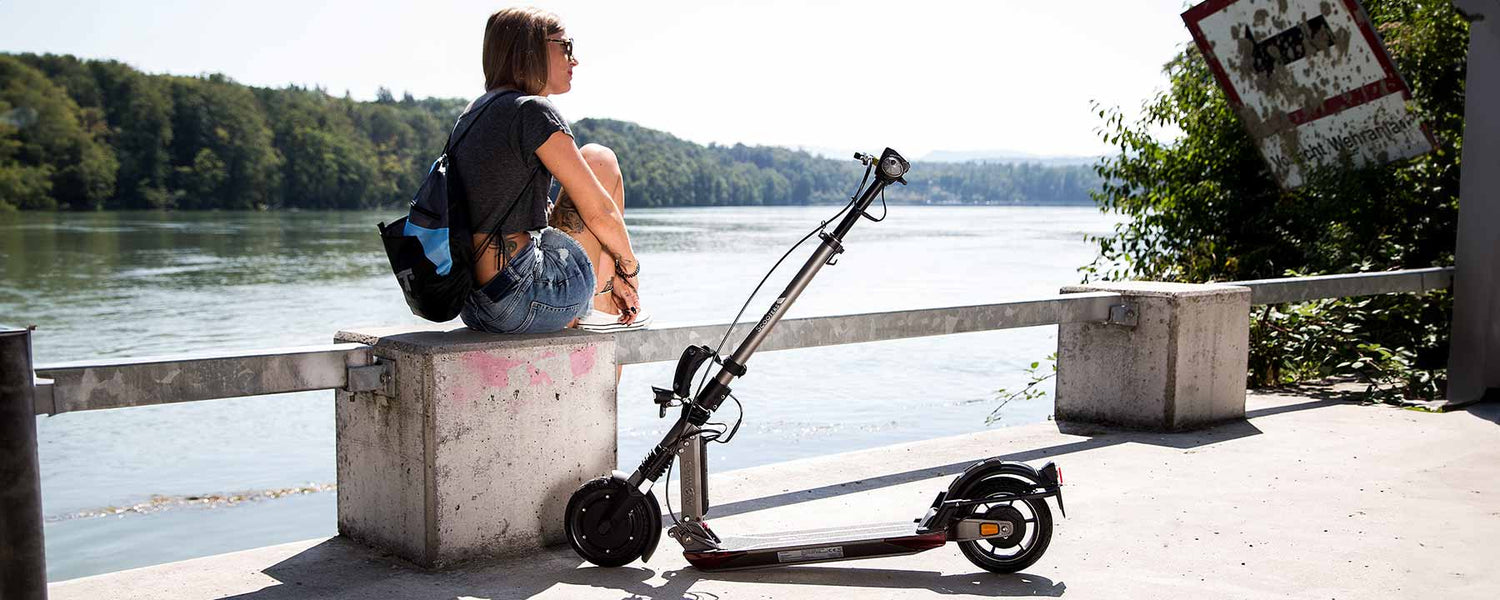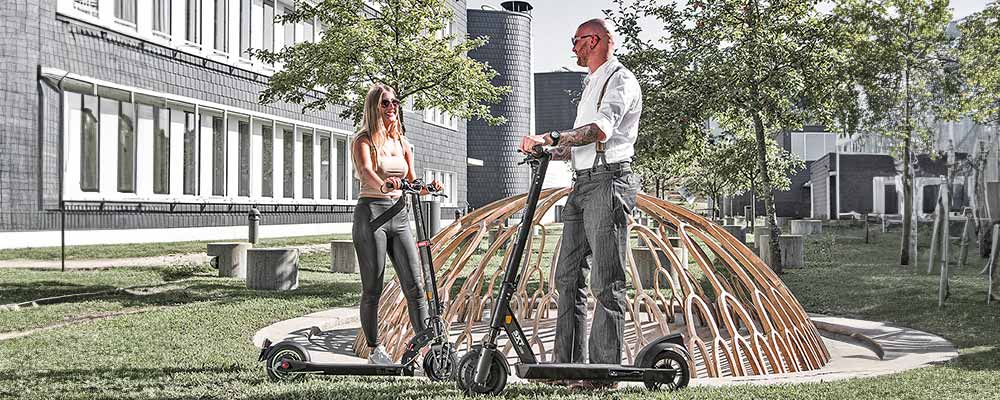Introduction
Urban mobility is about to change. With the growing popularity of e-scooters, it is clear that these electric vehicles will play an important role in the future mobility landscape. In this final post in our blog series, we take a look at the future of urban mobility with e-scooters and how they can make cities more sustainable and livable.
Integration of e-scooters into the urban transport system
Infrastructure development
To encourage the use of e-scooters, appropriate infrastructure is crucial. Many cities are already investing in dedicated lanes and secure parking for e-scooters. These measures improve safety and usability, which in turn encourages more people to switch to e-scooters.
Multimodal transport systems
E-scooters can be seamlessly integrated into multimodal transport systems. This means that they can serve as a complement to public transport. For example, commuters can use the e-scooter for the "last mile" from the stop to the destination. This flexibility makes e-scooters an important part of a modern, efficient transport system.
Technological innovations
Improved battery technology
Battery technology is constantly evolving. In the future, e-scooters could be equipped with more powerful batteries that allow for longer ranges and shorter charging times. This would further increase the attractiveness of e-scooters and expand their possible uses.
Autonomous e-scooters
An exciting development is research into autonomous e-scooters. These vehicles could move independently to charging stations or new locations, which would make logistics much easier for sharing providers. Autonomous e-scooters could also be able to park themselves after use or drive to the next person who needs them.
Sustainability and environmental friendliness
Reducing emissions
E-scooters help reduce CO2 emissions, especially when used instead of cars. With the increasing electrification of the transport sector and the switch to renewable energy sources, this positive effect will be further enhanced.
Recycling and reuse
Manufacturers and operators of e-scooters are increasingly adopting sustainable practices, including recycling batteries and materials and reusing components. These approaches help to further minimize the environmental impact of e-scooters.
Challenges and solutions
Regulatory framework
One of the biggest challenges for the integration of e-scooters into urban transport systems is the regulatory framework. It is important to develop clear and consistent regulations that ensure safety and fairness in transport without hindering innovation.
Road safety
The safety of users and other road users is of central importance. Measures such as special lanes, compulsory helmet use and speed limits can help prevent accidents and increase the acceptance of e-scooters.
Conclusion
The future of urban mobility with e-scooters looks promising. With the right infrastructure, technological innovations and sustainable practices, e-scooters can make a significant contribution to reducing emissions and improving the quality of life in cities. They offer a flexible, cost-effective and environmentally friendly solution to urban mobility challenges and have the potential to fundamentally change the way we move around our cities.






Leave a comment
This site is protected by hCaptcha and the hCaptcha Privacy Policy and Terms of Service apply.